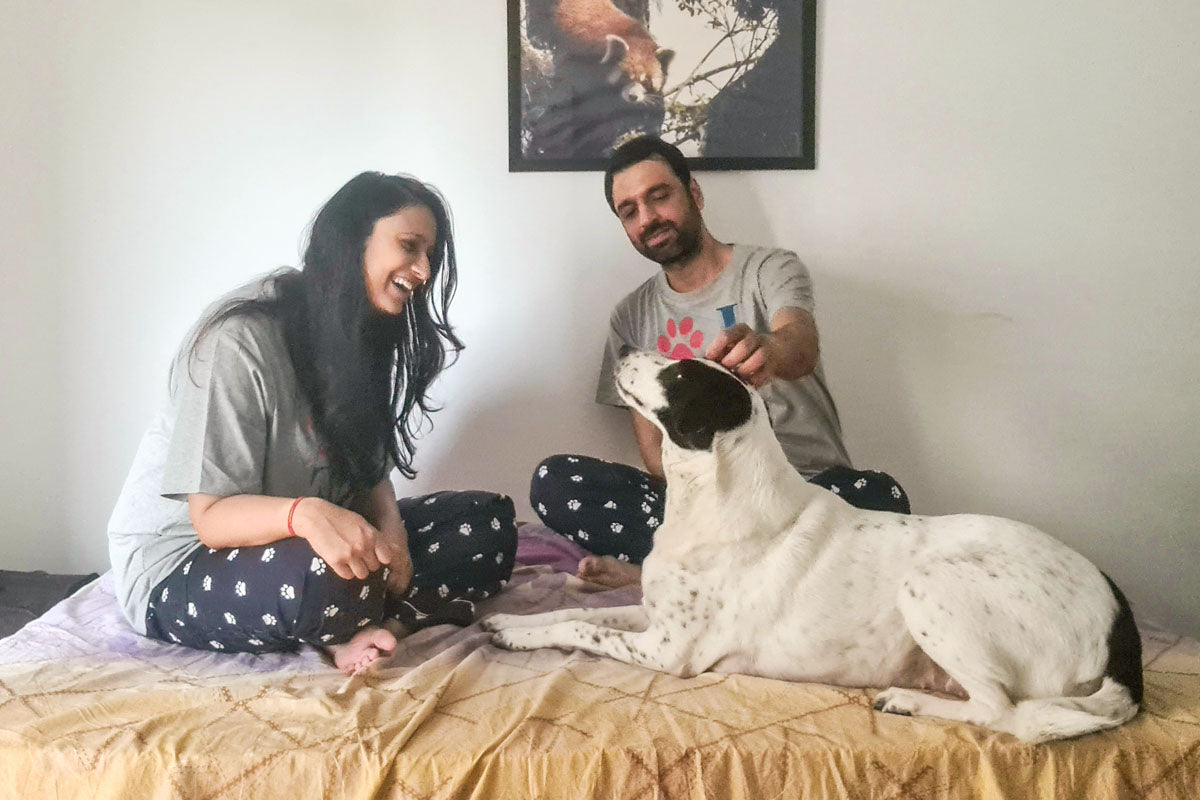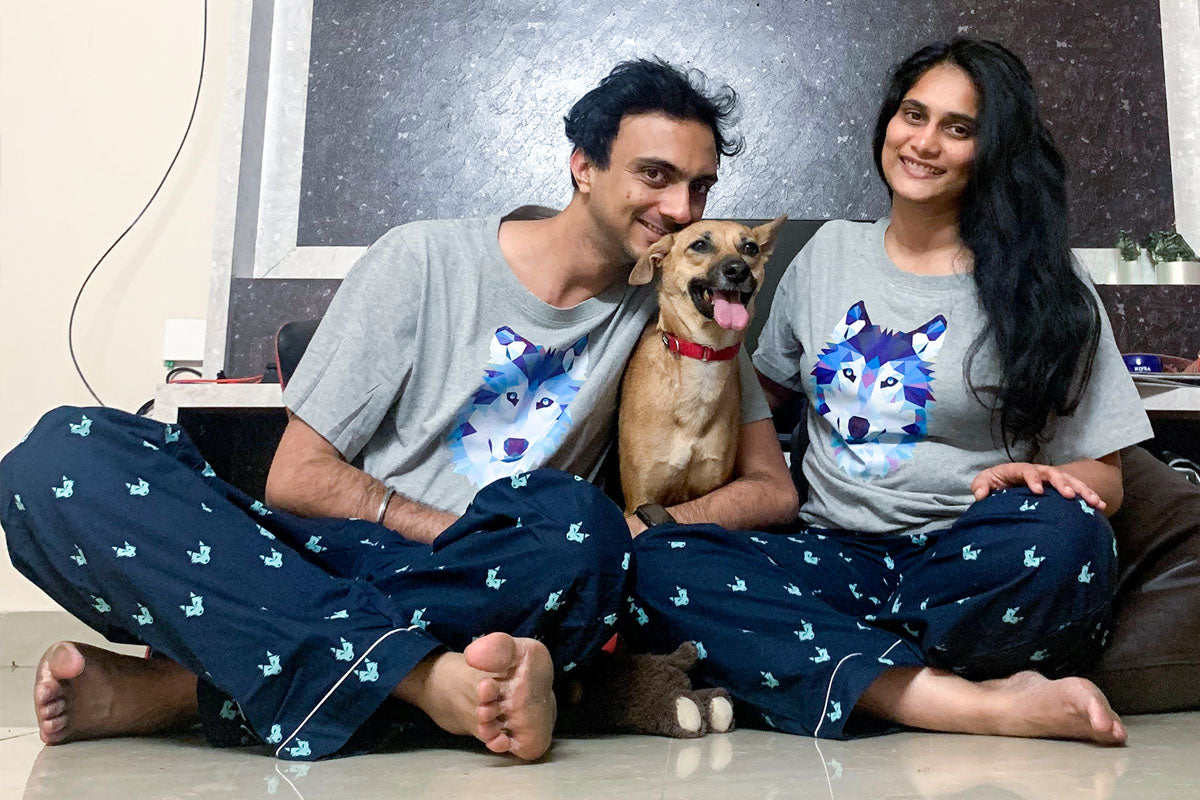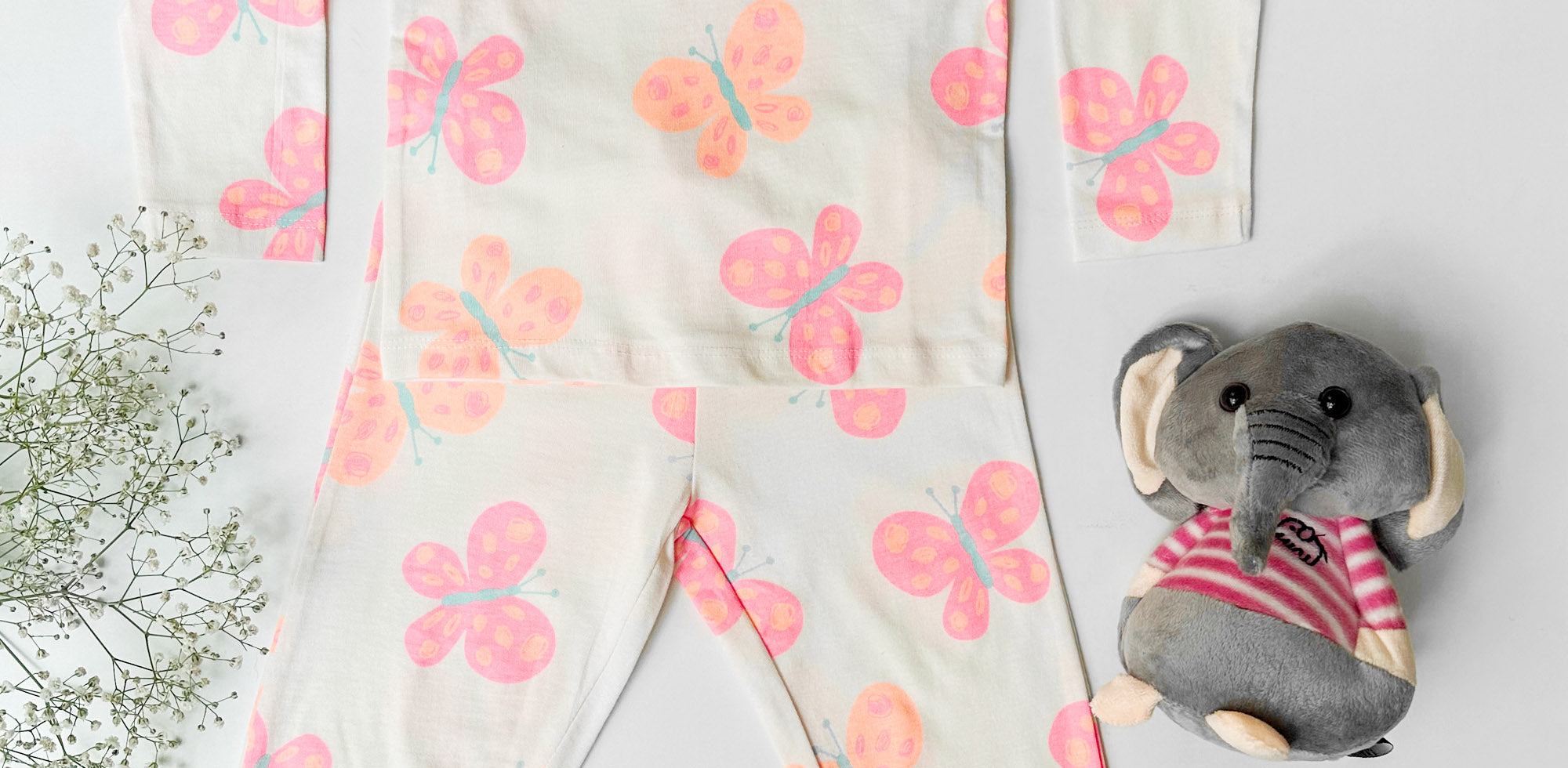Love is..
..coming home to someone who has missed you every moment of the day.

Growing up in a small town in Kutch, Gujarat, I had an emotional routine on my birthdays: wake up, read too much into signs and get excited that my family was finally going to surprise me with the one thing I had always wanted, wish for it—yet again—as I blew out the candles surrounded by friends, and, at the end of the day, be overcome by a strange mix of anger and grief that it didn’t happen. The reasons were always the same: Who will take care of a dog? How will you manage a pet with school? We cannot take on this responsibility. We simply cannot get a dog.
But I found ways to make furry & feathery friends. Sometimes, it was the runt of a street litter who needed an easy meal to beat the odds. Other times, it was the entire litter—orphaned or abandoned or picked on by a competing canine mother. Injured pigeons, a nestling sparrow who had taken a fall, a koel who couldn’t take flight... all checked into the household with no pets. Once, a days-old kitten with big almond eyes and no mother found her way to the safe shelter of our home and stayed on for over a year, melting the heart of the staunchest opposer of pets: Dad. The trick was deviously simple: curl up in his shoe. (Single shoe, for she was that tiny.) Those days, dad often left home in his sandals, wearing the biggest smile I’d ever seen. Despite their reluctance to adopt a pet, my family had a soft spot for stray animals that were hurting. They were just reluctant to submit to it.
Enter Sammy.
January 26, 2001 was a devastating day. The Bhuj earthquake, with its epicentre just kilometres away, turned our life upside down. But while there was incomprehensible loss and a knot of fear that wouldn’t leave my stomach for years, there was also unexpected joy. A few hours after the dust had settled, a white cotton-candy cloud of joy came bounding up our street, obviously a lost pet—his collar and breed (probably Japanese Spitz) made that much obvious. The dreadful rumble in the ground beneath our feet—which had brought tall buildings down and cracked open facades of opulent mansions—had sent the little guy scrambling for cover. I took him in and later took him around the neighbourhood to look for his family—we figured he couldn’t have come from very far. But nobody claimed him—much to my secret, selfish delight. For a week after the quake, while the houses stayed dark with their ominous scars and the whole neighbourhood camped out on the street, vigilant for aftershocks and burglars, Sammy remained a novel visitor in our camp, tethered to a tree near me and taken for regular identification walks around the block. But the day the power came back on, we moved back inside and Sammy moved in with us—and stayed, for the rest of his life.
Eight years later, in 2009, Sammy fell to a mysterious kidney ailment at the age of 11. His symptoms came suddenly and took him before we could run enough tests in an ill-equipped town. That fact haunted me for years—in nightmares where I would try to save him from a variety of monsters and fail, over and over again. The debilitating trauma of losing a pet isn’t talked about enough, and it’s often belittled by people who have never had one. But it shaped my life.
I always knew I’d adopt again. Life as a single man embarking on a media career meant I had to wait. In 2017, when I married my best friend, she already knew I wanted a dog, or five. But Nanya had never had a pet; in fact, she was scared of dogs! It took me a year and a few visits to shelters to convince her that she could get along with one. While I was always one for adopting—and not buying—a dog, my awareness about the ills of breeding had grown by leaps and bounds in these intervening dog-less years. My childhood days of tending to indie puppies on the street helped, too. I knew every dog had their own personality and it didn’t have anything to do with their breed. Almost a year into our marriage, I came across the bewitching eyes of Bella on a Facebook post—an appeal for adoption. She was the only surviving pup of a litter, rescued off the street by an NGO and being fostered by a volunteer.

Bella, all of three months old, came home with us on February 14, 2018—a Valentine Day’s gift we gave each other. On the way home from her foster’s, she whined and whimpered for a few minutes but soon fell asleep in my lap. What made her trust me so quickly and so completely—I’ll never know. But it felt like an acceptance.
Five years down the line, everything in our lives is centred around Bella: our daily schedule, our selection of flats to rent in Delhi-NCR (more balconies!), our choice of cafes and restaurants (pet-friendly) for family celebrations, and sometimes even our vacation destinations. All dogs yearn for their humans’ presence, but Bella has special needs—she suffers from separation anxiety. It means she cannot stay alone in the house for any period of time and spends time with my parents or parents-in-law, or a pet-sitter, whenever we need to step out. It’s a need we weren’t prepared for but adapted to. An outsider might think of this as a liability, a behaviour to be trained out of her, but I see it as part of the package. Bella is a bundle of unbridled love. If you’re a part of her inner circle, she meets you every day like it were the first time after ages! This immensity of affection has charmed everyone in the house—from my grandmother, who asks after her on every call, to my parents-in-law, who visit us only to meet Bella every time they’re going out of town, to our friends, who turn up to celebrate her birthday every year with toys, treats, and cuddles. All of her love means she cannot live without the people she loves. It’s a feature, not a bug.

This does not mean we haven’t trained Bella. In her first week of living with us, Bella learnt where to do her business (on a pad in the balcony) and were not to (anywhere inside the house). She learnt to obey commands like handshake, sit, down, stand up, stay, wait, etc. like English had always been her second language. We upgraded to roll over, circle, and fetch—and she had them covered within days. Whoever thinks you need pure-bred dogs to have a shot at training clearly has never crossed paths with an indie bent upon earning a treat. Indies are fiercely single-minded—on scavenging for food and shelter on the street for survival—and this trait can be channelled to achieving almost any result. Their bonds with their humans are incorrigible, too. So, while Bella loves her treats and walks, nothing can tempt her away from her humans.
This unwavering affection and her never-ending antics were a great source of comfort for us during the pandemic and lockdowns in 2020-21.
It was very easy to slide into an unhealthy mix of melancholia and anxiety at the time, not only due to the pervasive loss of life and careers around us but also the erosion of all experience that made you feel alive. The only bright spot in that dark tunnel with no approaching light was a four-pawed individual who was very happy to have us home all day. She kept us afloat, playing, laughing, looking forward to the small things. She kept us company in dark times: during multiple scares of COVID infection, when I went into self-imposed isolation, she refused to leave me alone. She also changed our lives in subtle ways. We learnt to see the days through her prism: whipping up a special breakfast of pancakes on the weekend became a ritualistic treat that kept us going through the hard tasks of the week. She may have been dependent on us for her survival, but in many ways, the opposite was also true. And remains so, after we’ve returned to our pre-pandemic routines.
Living with Bella and seeing her grow just like any beautifully complex person does, we have also become more compassionate towards other creatures. Nanya and I were always vegetarians, by choice and not by religious directive, but we’re now more invested than ever before in animal welfare. In February last year, we rescued a pup of barely two months after two cars ran over her hind legs within the span of half a day. The multiple fractures were tended to by a vet, but post-op care for a complete recovery was left up to us. After a month of sleepless nights, Coffee—we christened her after her cappuccino-like fur—was sprinting again, albeit with a slight limp. Then came the difficult task of getting her adopted, for she had already been separated from her pack for recovery and was too young to fend for herself. After weeks of desperate pleas on social media and personal networks, we were able to find a home in Ahmedabad. Today, Coffee is a lively, affectionate kid transforming the life of another couple. And there is no limp in her stride as she runs to greet her human dad the moment he comes home every evening. As if it were the first time after ages!
If reading about Bella—and Coffee—has touched you, please visit an animal shelter near you. Indies are no different from the hordes of pure-bred pet dogs you see on Instagram. In fact, the lack of forced in-breeding among their ancestors and an inter-generational knack for survival means they’re more resilient and easier to maintain as pets. And if this blog has been any indication, they’re so full of love they have enough to spare.
Love has taken many definitions for me over the years, but the one that Sammy, Bella, and Coffee taught me has endured.


